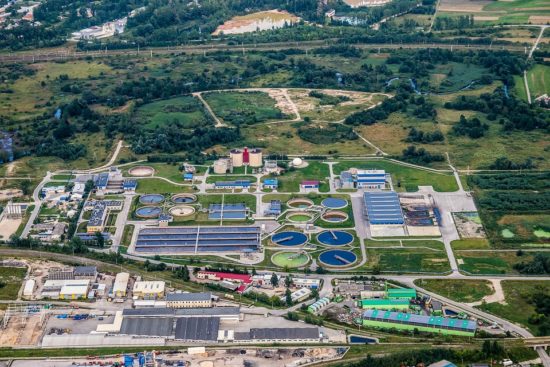Nanomaterial fights back against resistant bacteria
Significant amounts of antibiotic residues and pathogens enter the environment via our wastewater. A German Italian team of researchers has now investigated a novel nanomaterial that has an antibacterial effect and can bind antibiotics at the Heinz Maier-Leibnitz Zentrum. Wastewater could thus be treated more effectively and safely.
Antibiotic resistance is one of the greatest global health challenges of our time. Wastewater treatment plants are a true breeding ground for antibiotic-resistant germs, as this is where pathogens and antibiotic residues come together. The resistant bacterial strains then re-enter the environment via the treated water and can spread further.
Scientists at the University of Naples Federico II have now developed a nanomaterial to combat this problem. Supported by instrument scientist Dr. Judith Houston from Forschungszentrum Jülich (and meanwhile at the European Spallation Neutron Source ESS in Sweden), they have analyzed it at the Heinz Maier-Leibnitz Zentrum. The material is a hybrid of humic acid and titanium dioxide (TiO2). Humic acids (HAs), which occur naturally in humus soils. They have useful properties that can counteract water pollution: on the one hand, they have an antibacterial effect, and on the other hand, they can bind small molecules such as antibiotics.
AMR NEWS
Your Biweekly Source for Global AMR Insights!
Stay informed with the essential newsletter that brings together all the latest One Health news on antimicrobial resistance. Delivered straight to your inbox every two weeks, AMR NEWS provides a curated selection of international insights, key publications, and the latest updates in the fight against AMR.
Don’t miss out on staying ahead in the global AMR movement—subscribe now!







